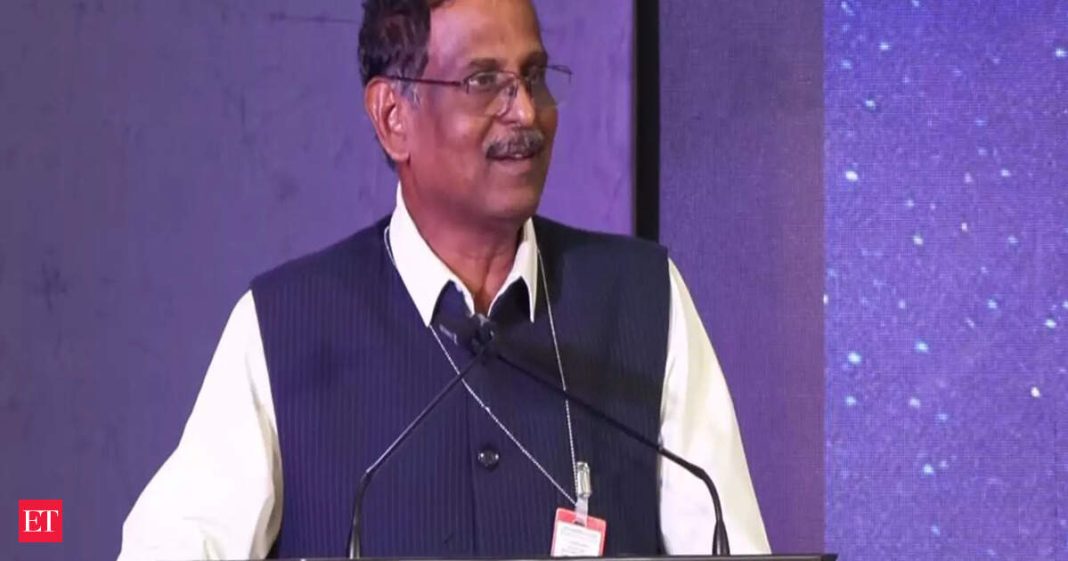India’s Ambitious Space Roadmap: Moon by 2040, Gaganyaan by 2027
India aims to land its citizens on the Moon by 2040 while preparing for its first human spaceflight mission, Gaganyaan, scheduled for 2027. ISRO Chairman V Narayanan revealed these ambitious targets alongside plans for a national space station by 2035.
Key Mission Timeline
- December 2025: First uncrewed Gaganyaan mission with humanoid robot Vyommitra
- 2026: Two additional uncrewed missions
- Q1 2027: First crewed Gaganyaan mission
- 2035: Bharatiya Antriksh Station (space station) operational
- 2040: Crewed lunar landing mission
“Prime Minister Narendra Modi has given a guideline for an indigenous crewed lunar mission by 2040, under which we have to land our own citizens on the moon and bring them back safely,” Narayanan stated in an exclusive PTI interview.
Expanding Space Infrastructure
India is rapidly scaling its space capabilities, with initial space station modules expected as early as 2027. The country has also received approval for a third launch pad at Sriharikota, costing approximately ₹4,000 crore, to accommodate next-generation launch vehicles.
“From launching 35 kg initially to now envisioning 80,000 kg – that is the scale of transformation we are aiming for,” the ISRO chief emphasized.
Future Missions and Collaborations
India’s upcoming projects include:
- Chandrayaan-4 and Chandrayaan-5 lunar missions
- New Mars mission
- AXOM astronomical observatory
- Venus Orbiter Mission (approved)
The Aditya-L1 solar mission has already generated over 15 terabits of valuable data on coronal mass ejections and space weather.
While committed to self-reliance, Narayanan confirmed India remains open to international collaborations: “How and where we collaborate will be debated and decided based on scientific and strategic priorities.”
Private Sector Transformation
Through IN-SPACe, India’s space sector has witnessed explosive growth in private participation. “Just a few years ago, there were barely one or two startups in the space sector. Today, there are over 300 working on satellite manufacturing, launch services, and space-based data analytics,” Narayanan noted.
This expansion supports critical applications in agriculture, disaster management, telecommunications, and transportation monitoring.
Global Standing and Technological Edge
India has achieved multiple space milestones, including becoming the fourth country to master docking and undocking in space through the SPADEX mission. The country now ranks first in nine space technology areas globally.
“From discovering water on the Moon with Chandrayaan-1, to the first soft landing near the lunar south pole with Chandrayaan-3, India has set multiple world records in space,” Narayanan asserted.
Looking ahead, he highlighted that Artificial Intelligence and robotics will define the next era of space exploration, much like the computer revolution transformed previous decades.
Narayanan, who took charge as ISRO Chairman in January 2025, previously served as director of the Liquid Propulsion Systems Centre.




